Lithium batteries have quickly become the go-to choice for serious 4WDers, caravanners, and campers looking to power their adventures. Offering lighter weight, faster charging, and more usable energy compared to traditional AGM or lead-acid batteries, lithium can completely transform the way your dual battery system performs.
But upgrading isn’t as simple as swapping one battery for another. Lithium technology comes with its own requirements for charging, monitoring, installation, and safety, and if you don’t account for them, you could end up with an underperforming system or costly damage.
In this guide, we’ll walk you through the key things you need to check before making the switch to lithium. Whether you’re building a new setup from scratch or upgrading an existing system, these tips will help you get the most out of your investment and ensure your battery is ready for life on (and off) the road.
Read More: A Guide on Auxiliary Batteries
Read More: Why Lithium is the Better Battery
Before You Upgrade: Quick Checklist ✅
Make sure you’ve ticked off these essentials before switching your dual battery system to lithium:
- Charger Compatibility – Your mains charger, DC-DC charger, and solar charge controller must be lithium-compatible and use the correct charging algorithm
- Smart Alternator Setup – If your vehicle has a smart alternator, ensure you’re running a DC-DC charger or BMS that limits output current and supports lithium charging
- Battery Monitor – Use a lithium-compatible monitor that tracks both voltage and current for accurate readings
- Cable Sizing – Check that your cables can handle the higher discharge rates of lithium without voltage drop or overheating
- Battery Placement – Keep lithium batteries away from high heat, direct sunlight, and vibration; secure them properly
- Ventilation & Safety – Follow AS/NZ 3001 standards for sealed and vented spaces, and choose a battery with a built-in BMS
When switching batteries in your dual battery system to lithium, there are two overarching categories you need to consider: your charging system and your battery location. Ensuring your charging system is suitable for your new lithium batteries, and where you put your lithium batteries, impacts the safety and efficiency of your dual battery system, so they are key things to consider.
Read More: What's Needed for a Dual Battery System?
Your charging system
The charging components in your dual battery system are the key to giving you reliable off-grid power, so it’s important that each component is working with your batteries, not against them. The main players here are your charger, converter, solar charge controller and battery monitor (if you have one).
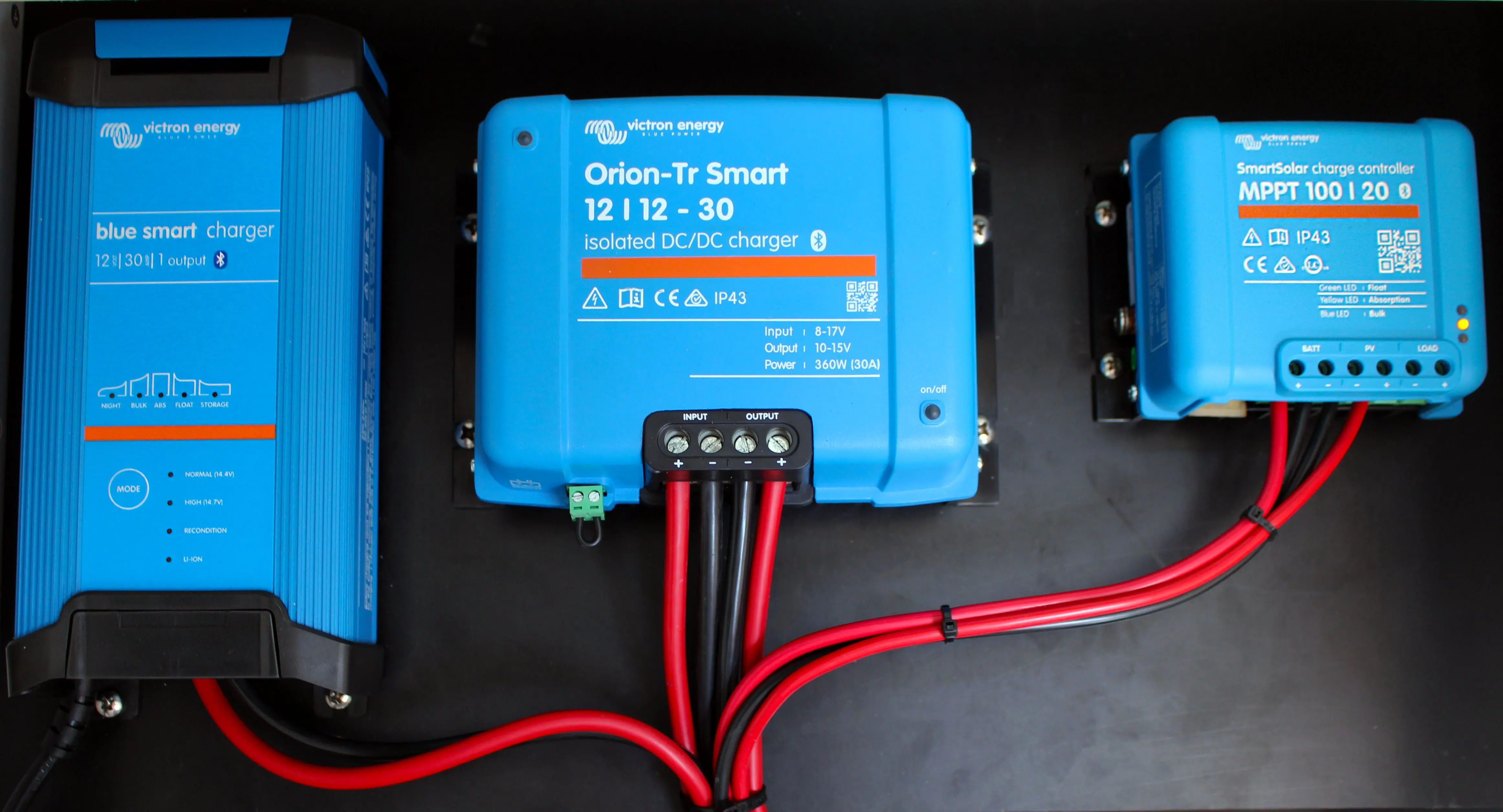
1. Is your existing charger compatible with lithium batteries?
Before switching to lithium, it’s essential to check whether your current charger is up to the task. Not all chargers are created equal, and many that are designed for AGM or lead-acid batteries simply aren’t compatible with lithium.
AGM battery chargers use a different charging profile, and while they might appear to charge a lithium battery, they often do so inefficiently. In some cases, this can mean your battery never reaches full capacity. In others, it can lead to long-term damage.
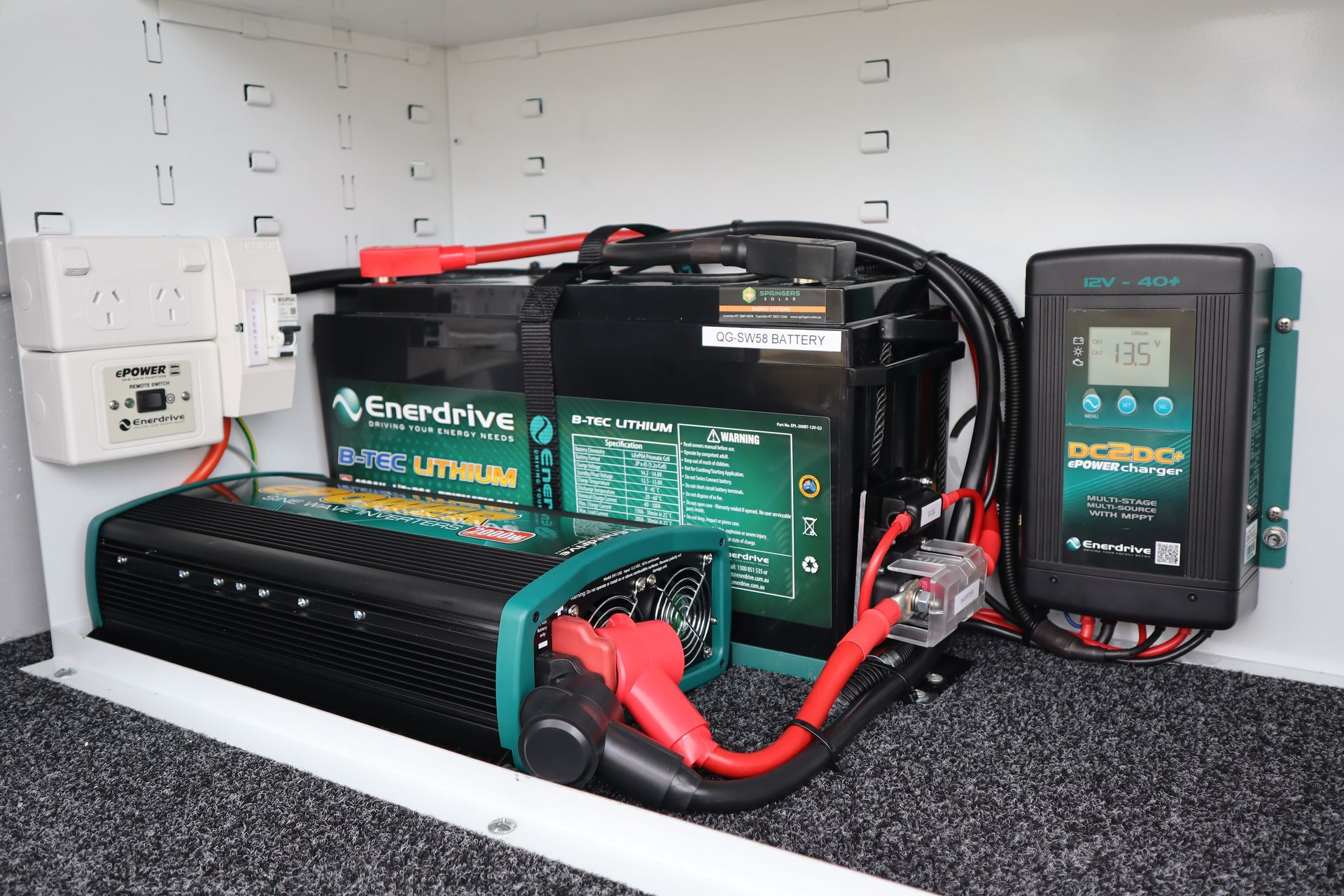
Lithium batteries require a charger that follows a specific voltage and current curve to safely and fully charge the cells. Using the wrong charger not only shortens the battery’s lifespan, but it can also pose safety risks.
To get the best performance (and protect your investment), we always recommend using a lithium-compatible charger. It ensures your battery charges safely, efficiently, and is ready to power your next adventure, whether you're heading off-road, off-grid, or just off the beaten track.
Read More: Converters vs. Chargers
2. Does your current charging system account for smart alternators?
Whether you’re running an older 4WD or a newer touring rig, it’s important to know how your alternator interacts with your auxiliary battery setup, especially if you’re thinking about upgrading to lithium.
If you’ve got an older vehicle, chances are it’s equipped with a traditional (non-smart) alternator. In that case, using a Voltage Sensing Relay (VSR) between your starter battery and AGM batteries has probably served you well. These systems are relatively simple and allow charging when the voltage hits a certain threshold.
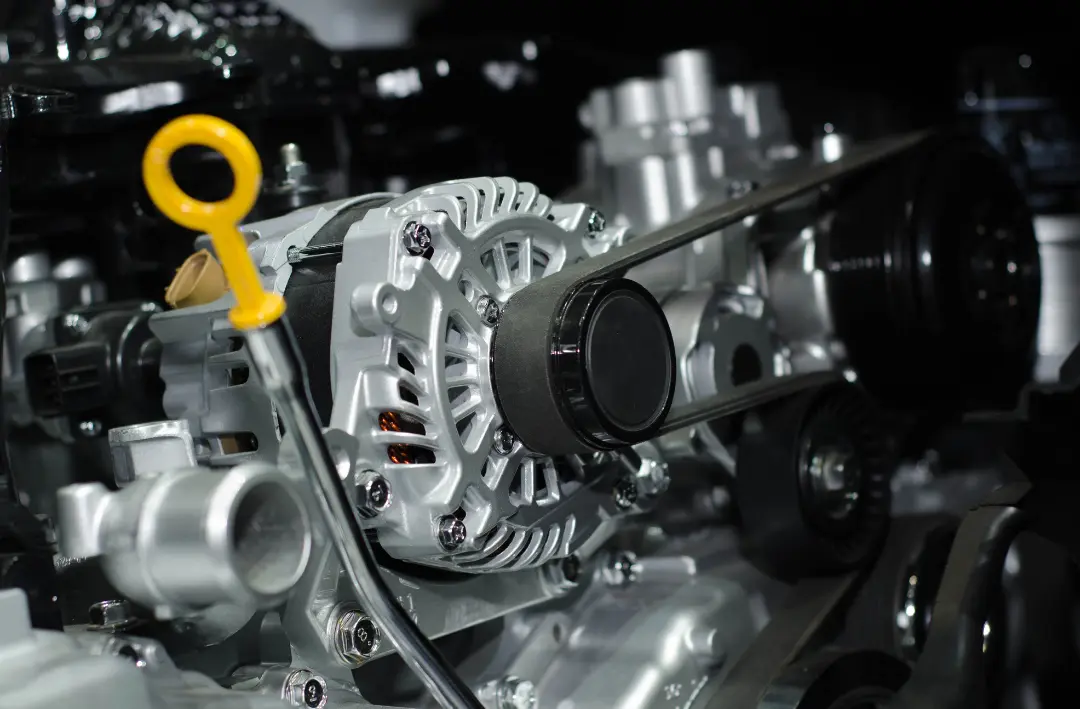
However, things get a little more complicated if your vehicle has a smart alternator, which is common in most modern 4WDs. These alternators reduce output to save fuel and reduce engine load, but that also means they don’t consistently deliver the voltage needed to charge lithium batteries properly. If you try to run a lithium battery system with just a VSR in a smart alternator setup, you risk overloading your starter battery, alternator, or both.
That’s why a DC-DC charger or battery management system (BMS) is essential when running lithium batteries in vehicles with smart alternators. These devices take the lower, inconsistent voltage from the alternator and boost it to the correct level needed for effective and safe lithium charging. Rather than dumping power indiscriminately, they regulate it intelligently.
Read More: DC-DC Chargers
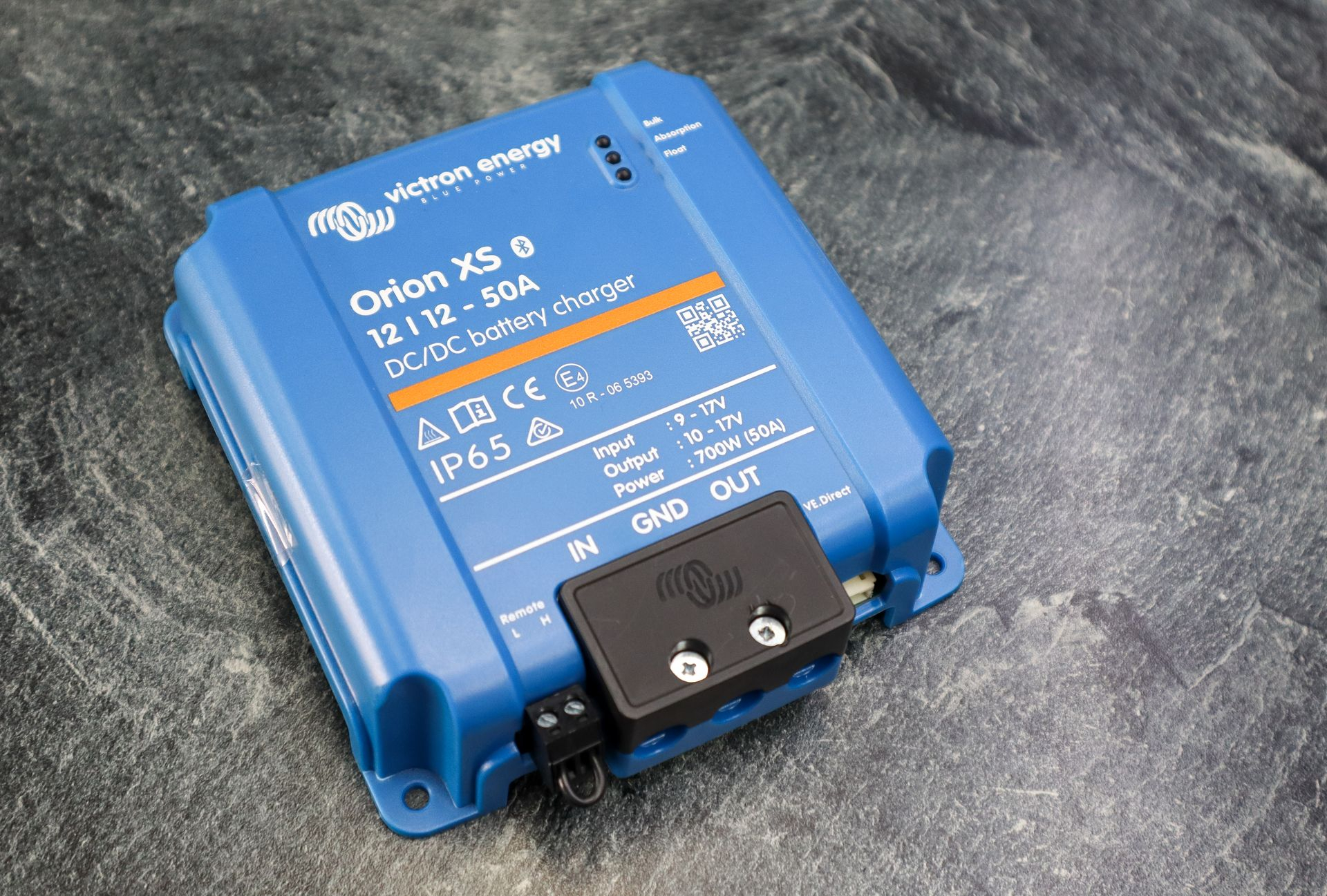
Already got a DC-DC charger or BMS installed? Great, but you’ll need to make sure it meets these two key criteria:
- It must limit the output current to your lithium battery (typically between 25 and 40 amps)
- It must be lithium-compatible and capable of using a dedicated lithium charging algorithm
If your existing charger doesn’t meet both of these requirements, it’s time for an upgrade. It’s the only way to ensure your lithium system performs reliably and safely when you're off the grid.
3. Is your solar charge controller compatible with lithium batteries?
Your solar charge controller plays a crucial role in managing how energy from your solar panels is delivered to your battery bank, but not all controllers are created equal, especially when it comes to lithium batteries.
If your current charge controller isn’t compatible with lithium, it won’t be able to follow the correct charging algorithm. That means it may undercharge your batteries, overcharge them, or cut off charging too early - none of which are good for performance or longevity. In short, the system won’t function properly, and you won’t get the most out of your lithium setup.
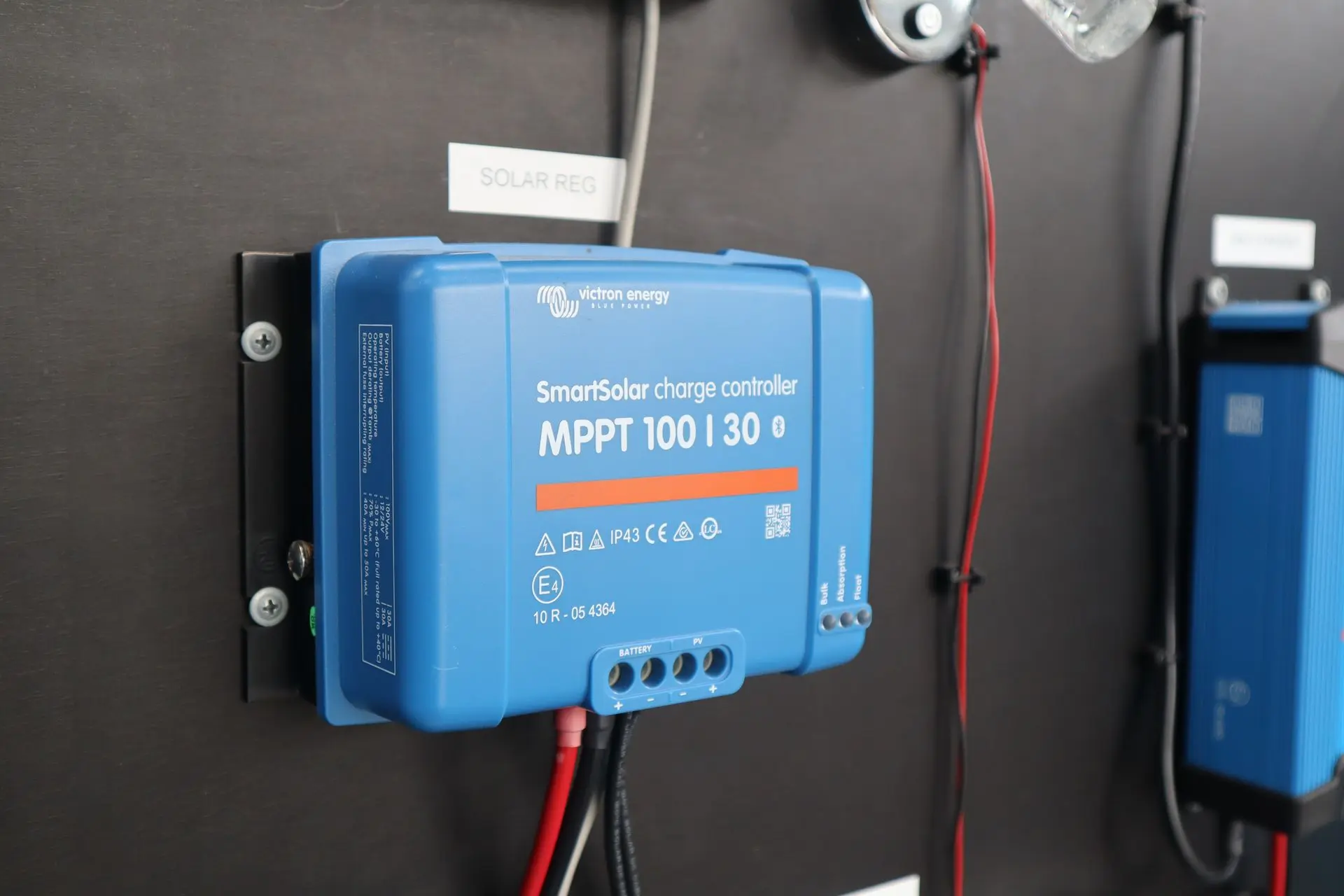
Because charge controllers manage how efficiently and safely your solar energy is stored, having the right one is essential. A lithium-compatible controller ensures the battery receives the proper voltage and current at each stage of the charge cycle, helping to extend its life and optimise performance.
If you're upgrading to lithium, make sure your solar charge controller is up to the task; otherwise, it might just hold your system back.
Read More: MPPT vs. PWM Solar Regulators
4. Do you need a new battery monitor?
If you're making the switch to lithium, it's not just your batteries that may need an upgrade; your battery monitor might need to be upgraded too.
Many traditional monitors are designed with AGM or lead-acid batteries in mind, displaying a percentage based purely on voltage. But lithium batteries discharge differently. Their voltage stays relatively steady for most of the cycle, which means a voltage-based percentage reading is highly inaccurate and can lead to poor system management.
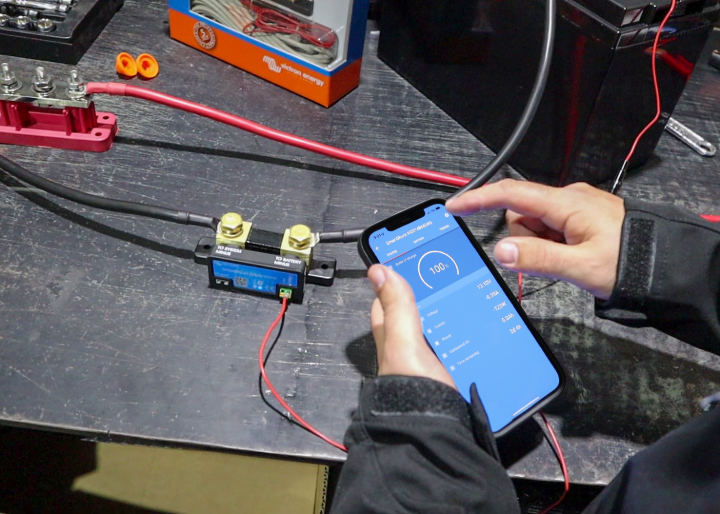
To get the most out of your lithium setup, you’ll need a lithium-compatible battery monitor, one that can accurately read both voltage and real-time current flow. This ensures the monitor can support the correct charging algorithm and give you a true picture of your battery’s state of charge.
Already have a monitor installed? Double-check its specs. If it can’t track current as well as voltage, or if it’s not built to handle lithium’s unique characteristics, it’s time to upgrade. Investing in a quality battery monitor means better system visibility, fewer surprises, and smarter off-grid power management, which is exactly what you want when you're deep in the bush or out on the road.
Read More: Why Shunts And Battery Monitors Are Critical To Your Off-Grid System
5. Are your cables correctly sized?
Upgrading to lithium isn’t just about swapping out batteries; it’s also about making sure the rest of your setup is up to the task. And one of the most overlooked (but critical) parts of any 12V system is the cabling.
When switching to lithium, your system may draw or deliver higher currents, especially during charging or under heavy load. If your cable sizes aren’t matched to the current they need to carry, you’ll experience voltage drops, which can affect the performance of your entire system.
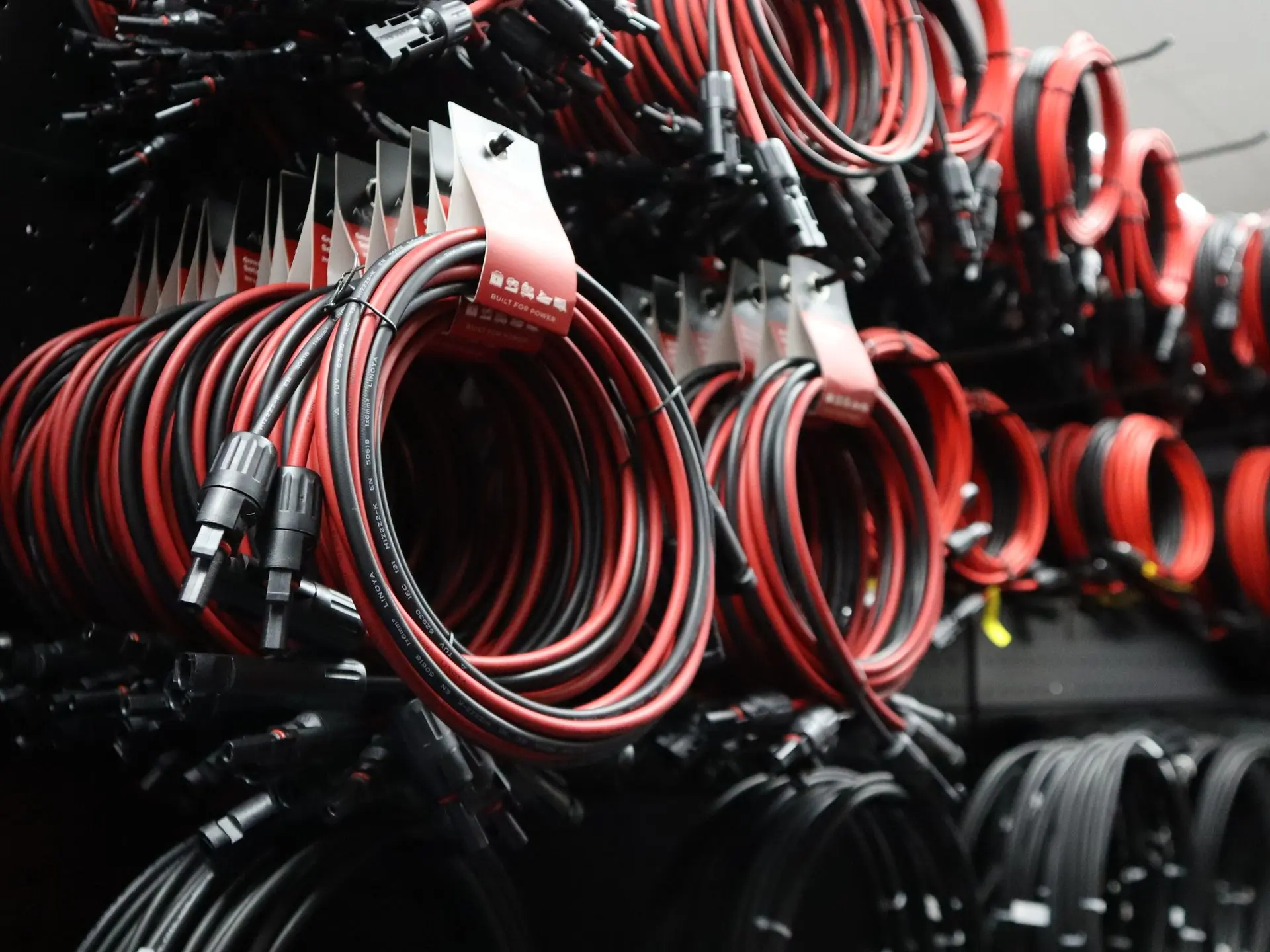
But it’s not just about efficiency, it’s also a safety issue. Cables that are too small for the job can overheat. In the worst-case scenario, this can cause the insulation to melt, potentially leading to a short circuit or even a fire.
Before installing a lithium system, take the time to check and, if needed, upgrade your cable sizes. Make sure they’re rated to safely handle the maximum current your system will draw or produce. It’s a simple step, but one that plays a big role in ensuring your setup runs safely, efficiently, and reliably, no matter how far off-grid you go.
Read More: Cable and Fuse Guide
Your dual battery location
When you see a lithium battery marketed as a “drop-in replacement” for an AGM, it’s easy to assume you can simply swap them over without giving it a second thought. In reality, this claim often refers more to the physical dimensions of the battery, meaning it will fit where your AGM once sat, rather than its suitability for your specific setup.
Before deciding on the perfect spot for your new lithium, it’s important to consider what the battery will be used for. The application, whether it’s running your fridge and lights on a camping trip, powering tools in a work vehicle, or supporting a caravan’s off-grid system, will help determine if lithium is the right choice in the first place. It will also influence where you can safely mount it to ensure optimal performance, safety, and longevity.
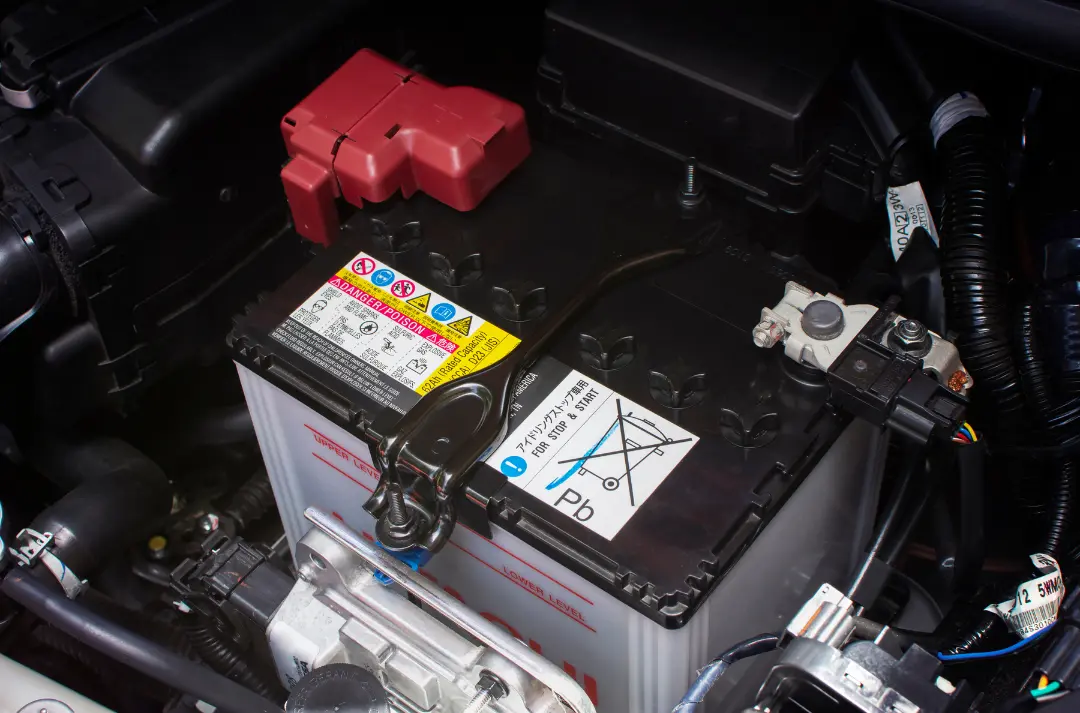
1. Where to put your lithium battery?
In the past, adding a second battery to your vehicle almost always meant installing it in the engine bay. But with today’s technology and flexible installation options, there’s really no need to mount it there anymore, especially if you’re switching to lithium.
If you are adding another deep-cycle battery in the engine bay, it must be unsealed so it can be topped up easily and resist rapid depletion. But lithium batteries are a different story. The high heat inside an engine bay is far too extreme for lithium chemistry, and prolonged exposure can seriously damage the battery - or worse, create a safety hazard.
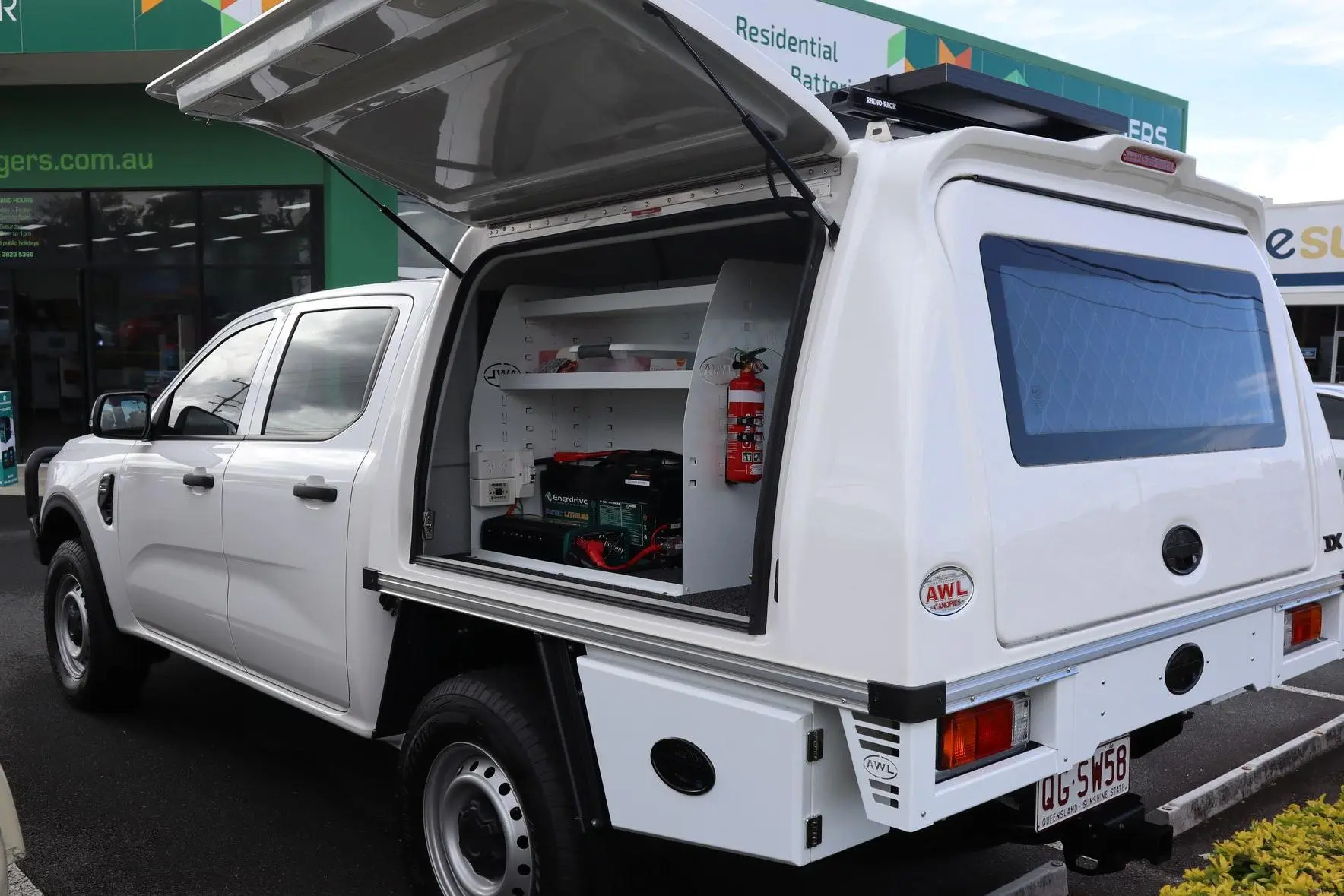
When installing a lithium battery, here are a few tips to keep it safe and performing at its best:
- Avoid heat – Keep the battery away from direct sunlight, exhaust systems, or other heat sources.
- Secure the battery – Use strong brackets or straps to keep it firmly in place, even on rough tracks.
- Parallel or series – Always follow the manufacturer’s instructions for safely wiring multiple batteries.
Use the right cables – Make sure your wiring can handle lithium’s higher discharge rates without overheating.
Choosing the right spot for your lithium battery depends on your vehicle or setup. Here are some practical placement options to help you get it right:
- 4WD Canopies & Utes: Mount the battery inside the canopy in a cool, shaded area. Keep it away from hot tools or equipment, and ensure there’s enough airflow around it.
- Caravans & Camper Trailers: Inside a dedicated battery compartment is ideal. Look for a location close to your major power draws to reduce cable lengths and minimise voltage drop.
- Motorhomes: Install in an interior storage locker or under a seat, provided there’s ventilation. This keeps the battery protected from the elements and away from road dust.
- Boats: Position in a dry, secure compartment above the bilge to protect from water ingress, and use corrosion-resistant fittings.
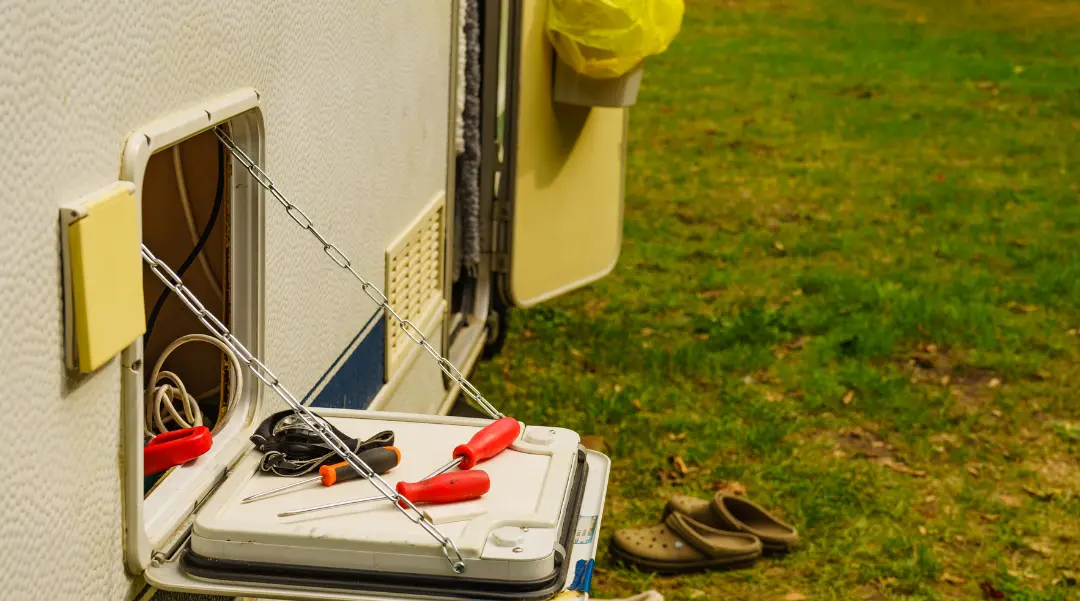
2. Is the location safely ventilated?
When installing a lithium battery inside your vehicle, safety should be your first priority. AS/NZ 3001 standards require that any battery fitted inside must be placed in a sealed and vented space. This ensures that, in the unlikely event of a fault, gases or heat are safely managed without putting passengers or equipment at risk.
It’s equally important to choose a location that is well-ventilated, away from direct heat sources, and protected from any chance of liquid exposure. Overheating or moisture can quickly compromise the performance and lifespan of a lithium battery, and in extreme cases, create safety hazards.
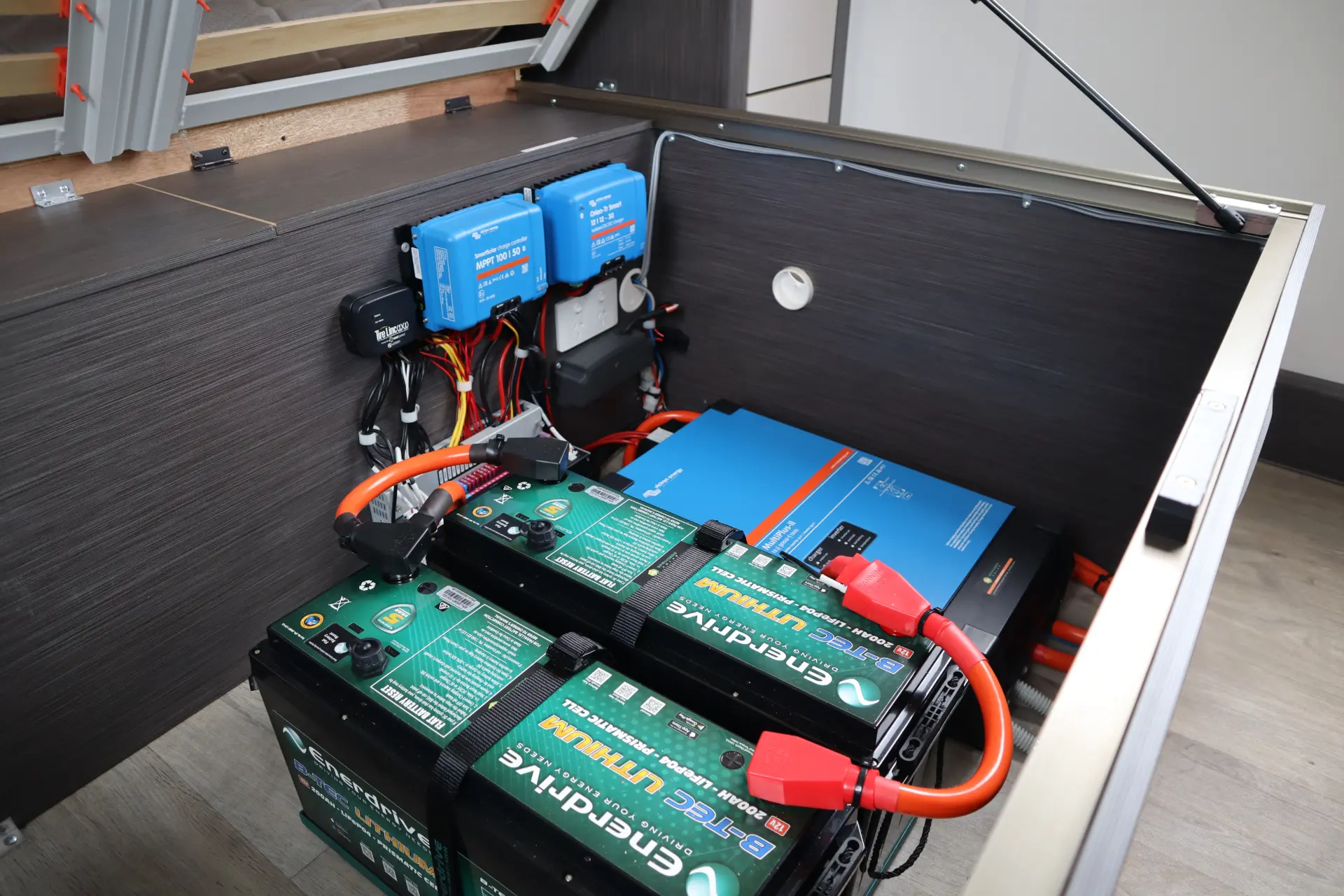
For added peace of mind, we recommend selecting lithium batteries with a built-in Battery Management System (BMS). A quality BMS helps protect against overcharging, overheating, and other common issues, giving you an extra layer of safety and helping your system perform at its best for years to come.
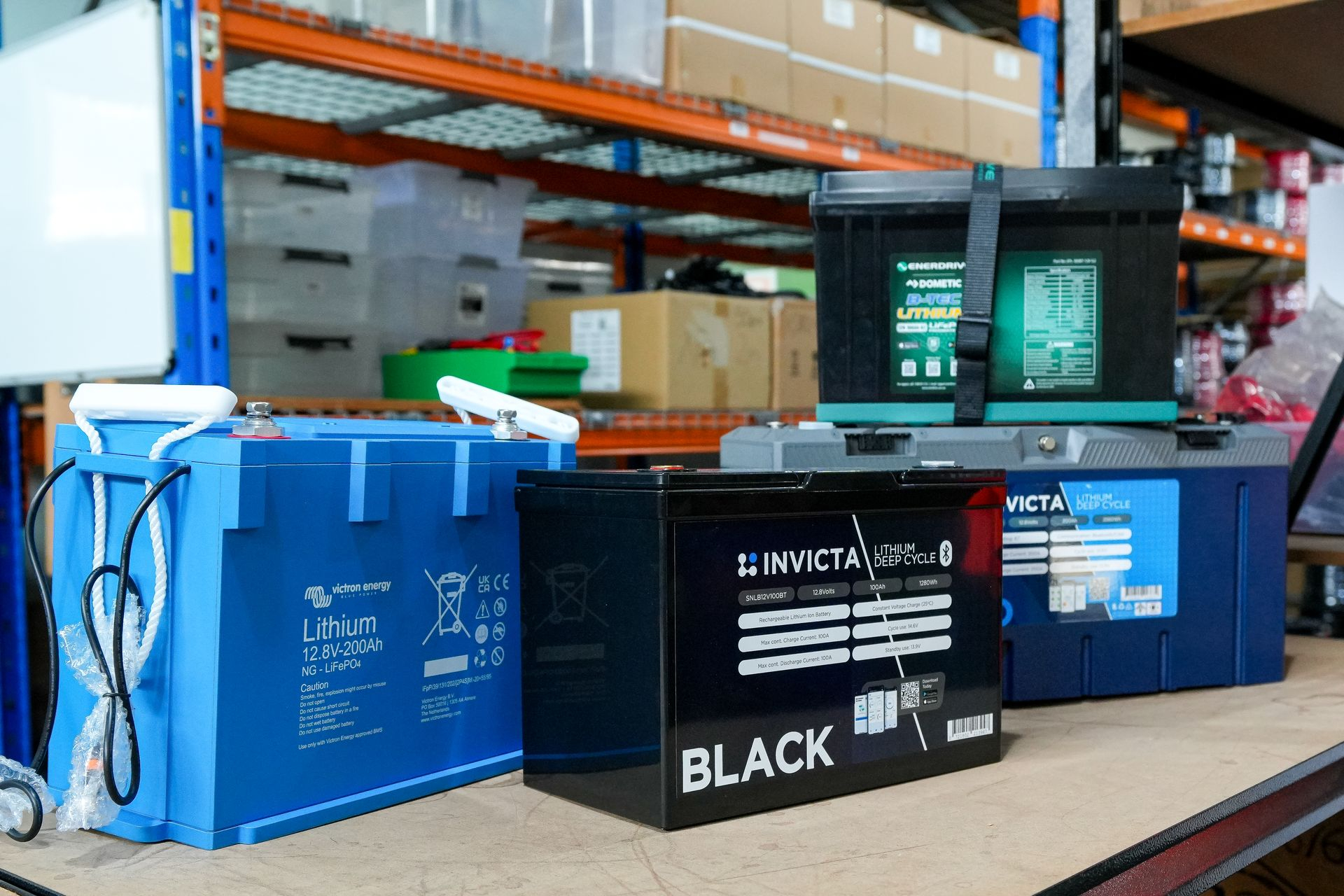
Switching your dual battery system to lithium is one of the smartest upgrades you can make for off-grid power. Done right, it means faster charging, longer life, and reliable energy for all your gear, no matter how far your travels take you.
The key is preparation. From making sure your chargers, cables, and monitors are lithium-compatible to placing your battery in a safe, well-ventilated spot, each step plays an important role in performance and safety. By ticking off these checks before you install, you’ll avoid headaches down the track and enjoy a system that works exactly as it should.
With the right setup, your lithium battery will be more than just an upgrade; it’ll be the heart of your off-grid power system, ready to fuel every adventure ahead.
Springers Solar | Your Trusted 12V/24V Components & Accessories Supplier
We only stock the best brands in the extra-low voltage industry for the best prices - you can trust that when you buy gear from Springers, you are setting up your system to perform long-term. We don't waste our time or your time with low-quality products.
With an in-house team of 12V/24V experts, we can offer advice and support as you set up your off-grid, off-road, or DIY battery system. We are Queensland-based and house our stock, so check out our online store here or visit us at Lawnton or Capalaba for in-store help.
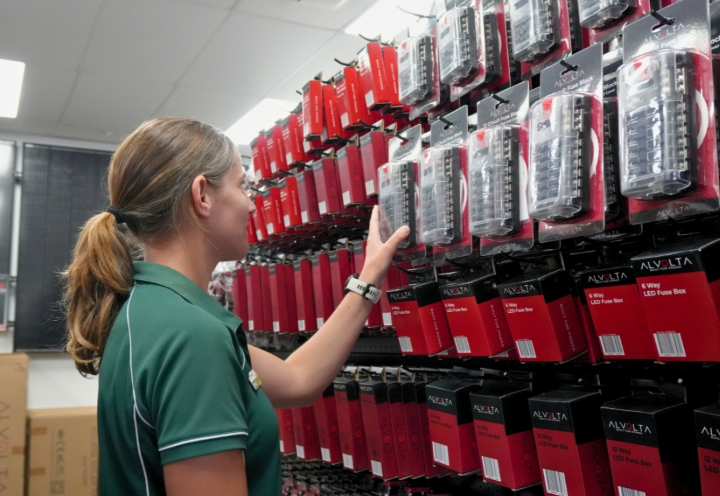
Upgrading Your Dual Battery System to Lithium